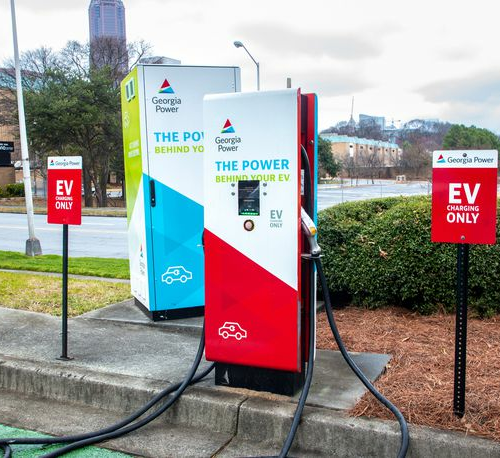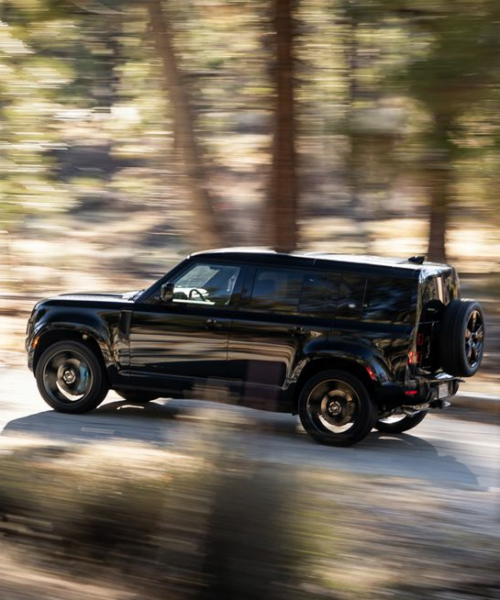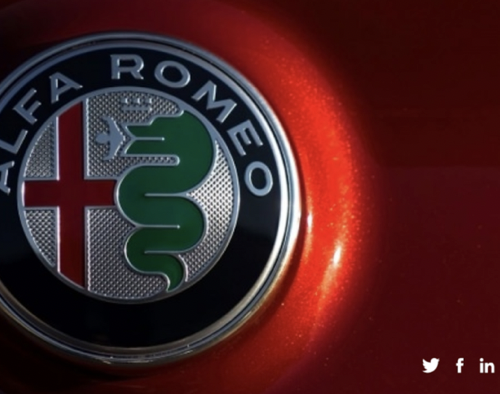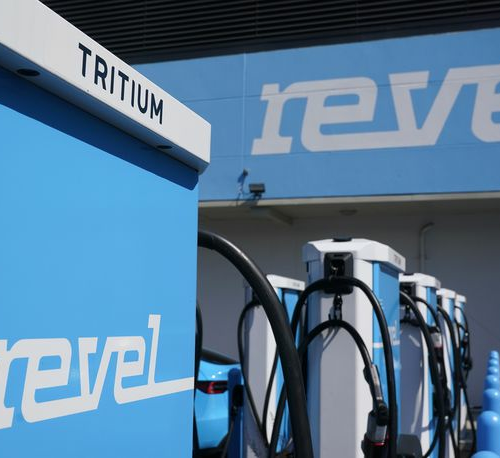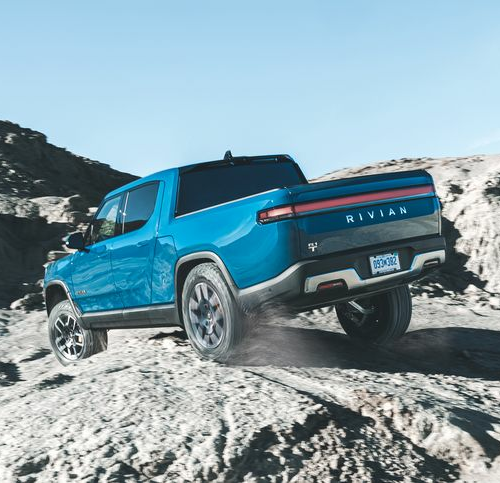BY MAXWELL B. MORTIMER | CarAndDriver.Com
Troy Warren for CNT
With Mercedes and BMW claiming that their sun-reflective materials help keep the upholstery cooler, we compared E450 and M440i droptops to the cloth seats in an old Miata.
- Mercedes claims that a new coating reduces seat temperatures when the E-class convertible is left in the sun with the top down.
- We tested an E450 against a BMW M440i convertible and a first-generation Mazda MX-5 Miata.
- The results show that the treated surfaces do reduce temperatures, but the seats still get plenty hot when left in the sun.
Most of us have experienced the blistering shock of hopping into a car that has been baking in the sun all day, made worse if that car has leather seats. When we heard that Mercedes had introduced a sun-reflective leather coating for the 2021 Mercedes-Benz E-Class cabriolet, we were interested test the claim that the coating can reduce seat temperatures by as much 23 degrees Fahrenheit in direct sunlight when compared to a non-treated leather seat.
Unfortunately, we didn’t have any convertibles on hand with non-treated leather seats to compare it to, but we did have a 2021 BMW M440i convertible with BMW’s own heat-resistant technology and deputy editor Rich Ceppos’ NA-generation Mazda MX-5 Miata with untreated cloth seats.
BMW has been using its heat-resistant technology since 2012, but rather than a coating like the one Mercedes is now using, it relies on a pigment in the leather that helps reflect infrared rays. BMW calls the pigment Sun Reflective Technology (SRT), and it’s used on all the M440i’s leather seat surfaces, the armrests, and even on the shifter.
We ran the test in the late morning when the ambient temperature was 77 degrees and the sun was shining strongly without any blockage from clouds. The Miata isn’t in running condition, so we lowered its top and parked the other convertibles on either side of it. With all three cars in position and top-down in the sunlight, we took an initial temperature reading of each car’s seat back, seat bottom, shifter, and stowed convertible top using a Zoto infrared thermometer. We took repeat temperature readings every 30 minutes for an hour and a half to see how the temperatures of the specially treated seats would compare to those in the Miata.

By the end of the test, temperatures recorded from the BMW and the Mercedes were an average of 25 degrees Fahrenheit cooler than the Miata’s seats. That’s not to say you’d be perfectly comfortable sliding into the E-class or the M440i; the average seat temperature in those cars was still 123 degrees compared to 148 degrees in the Mazda. We also noticed that even though the E450 and M440i ended the test with the same average seat temp, the BMW’s leather stayed cooler for longer, with an average seat temperature of 114 degrees compared to 122 degrees in the E450. This could be due to the BMW pigments being more effective than the Mercedes-Benz coating, but we think it’s more likely due to the E450 having dark brown seats to the BMW’s light tan.
The convertible top covers of the newer cars ended up being higher in temperature than the old vinyl top of the Mazda by the end of the test. When we took the top measurements, the Miata came in at 129 degrees (the hot asphalt beneath the cars measured 123 degrees) compared to 155 in the M440i and 139 in the E450.
The BMW’s shifter was the coolest of the bunch at the end of the test, but the SRT pigments didn’t make as much difference there as they did on the seats. The Bimmer’s shifter registered 107 degrees after 90 minutes in the sun, just two degrees cooler than the old-school shift knob in the Miata (109 degrees), but 15 degrees cooler than the black touchpad found in the Mercedes where most people would rest their hand (The E450 uses a column shifter rather than a console-mounted one).
Though we couldn’t run a perfect apples-to-apples comparison test this time, it seems clear that both Mercedes’ heat-resistant coating and BMW’s reflective pigments make a difference in the temperatures of various surfaces inside those brands’ convertibles. But when a 25-degree difference in surface temperature compared to an untreated seat still corresponds to a 123-degree seat bottom, you may still want to pack a sun shade.
In Other NEWS































